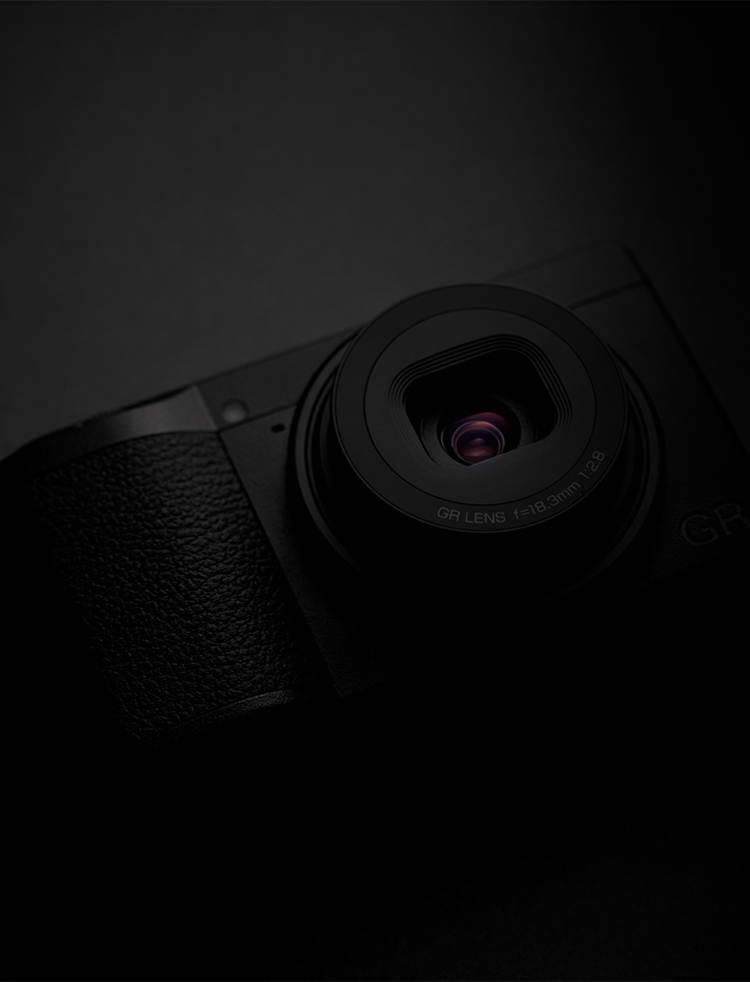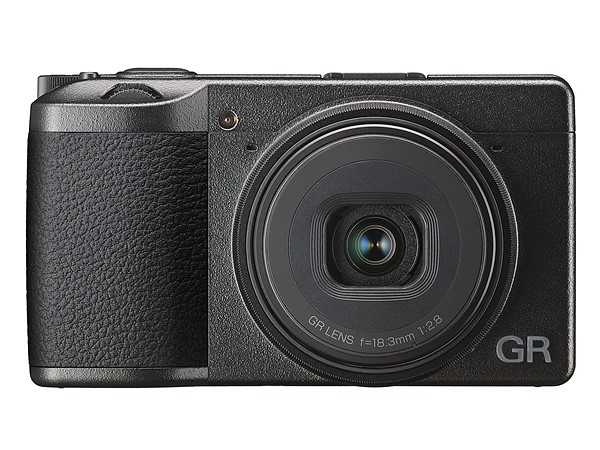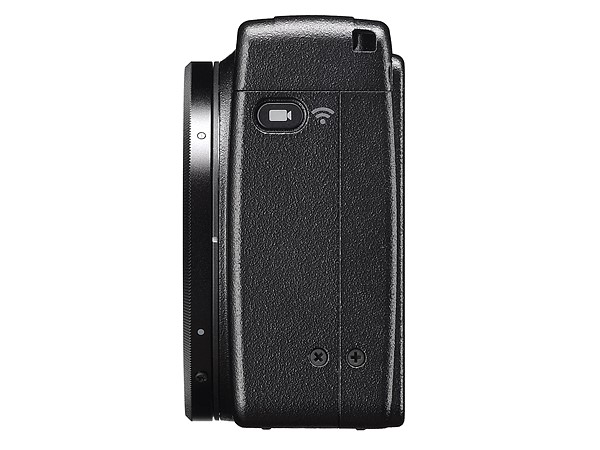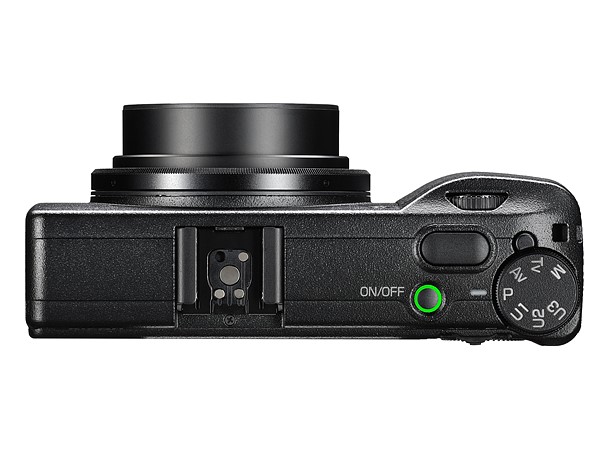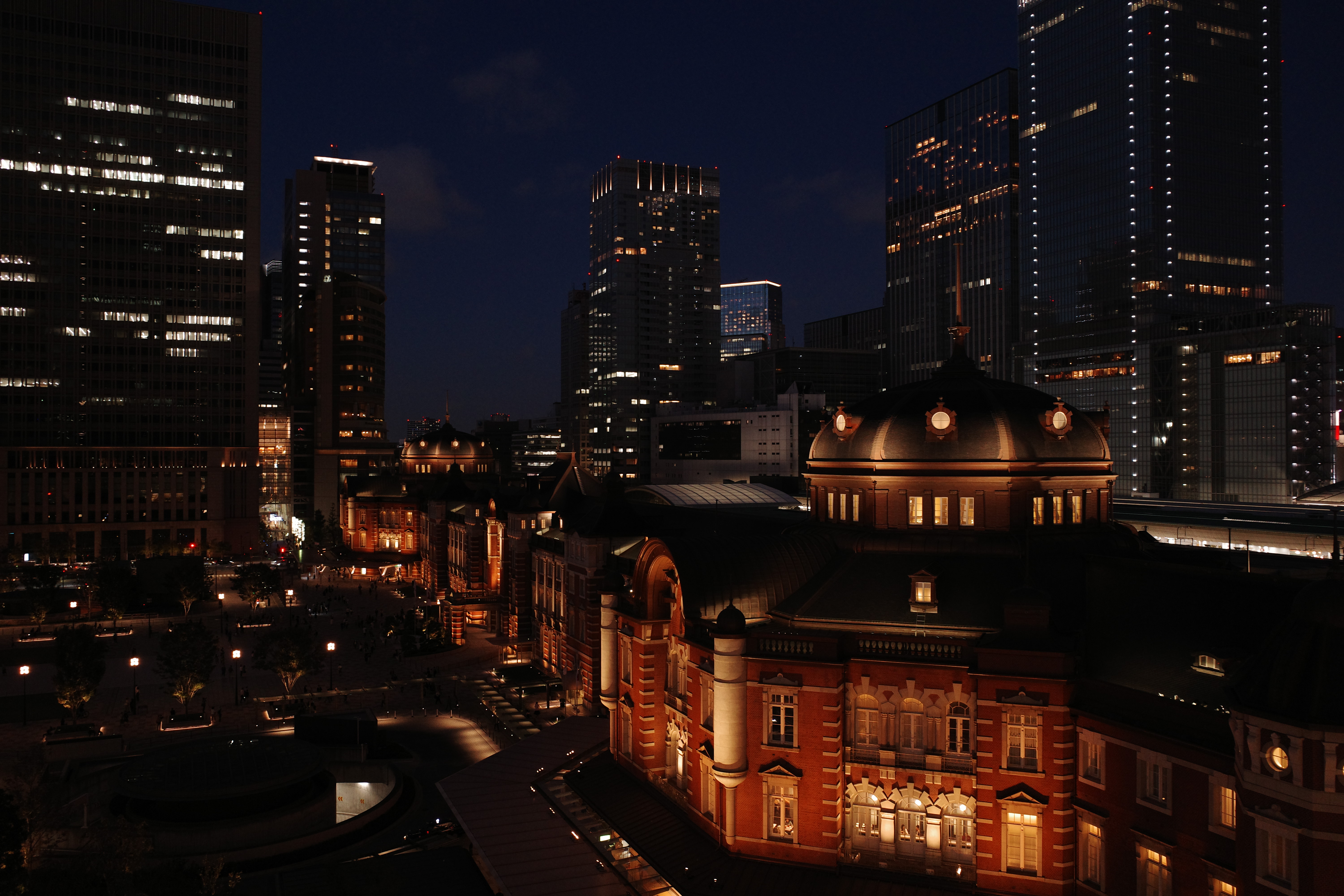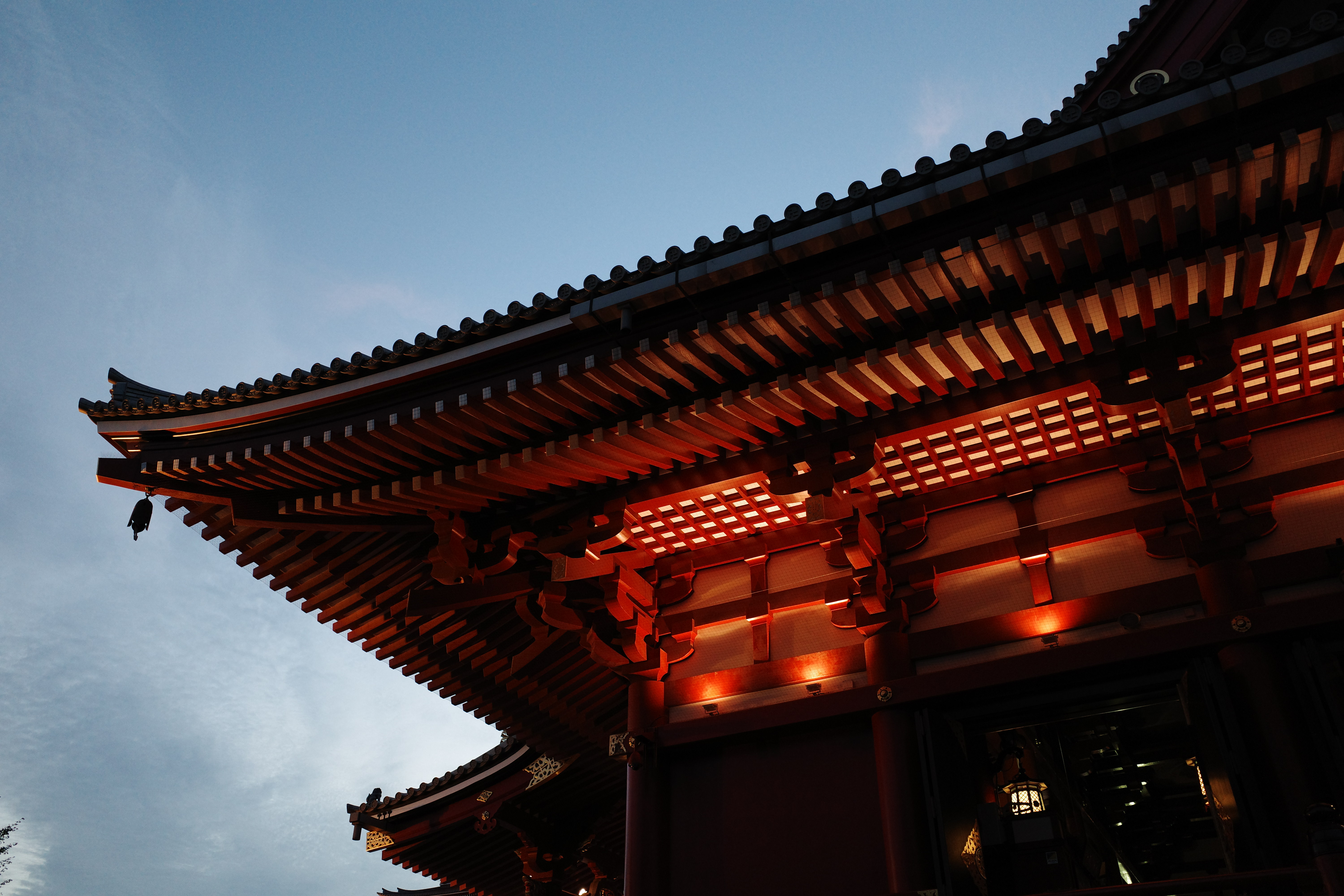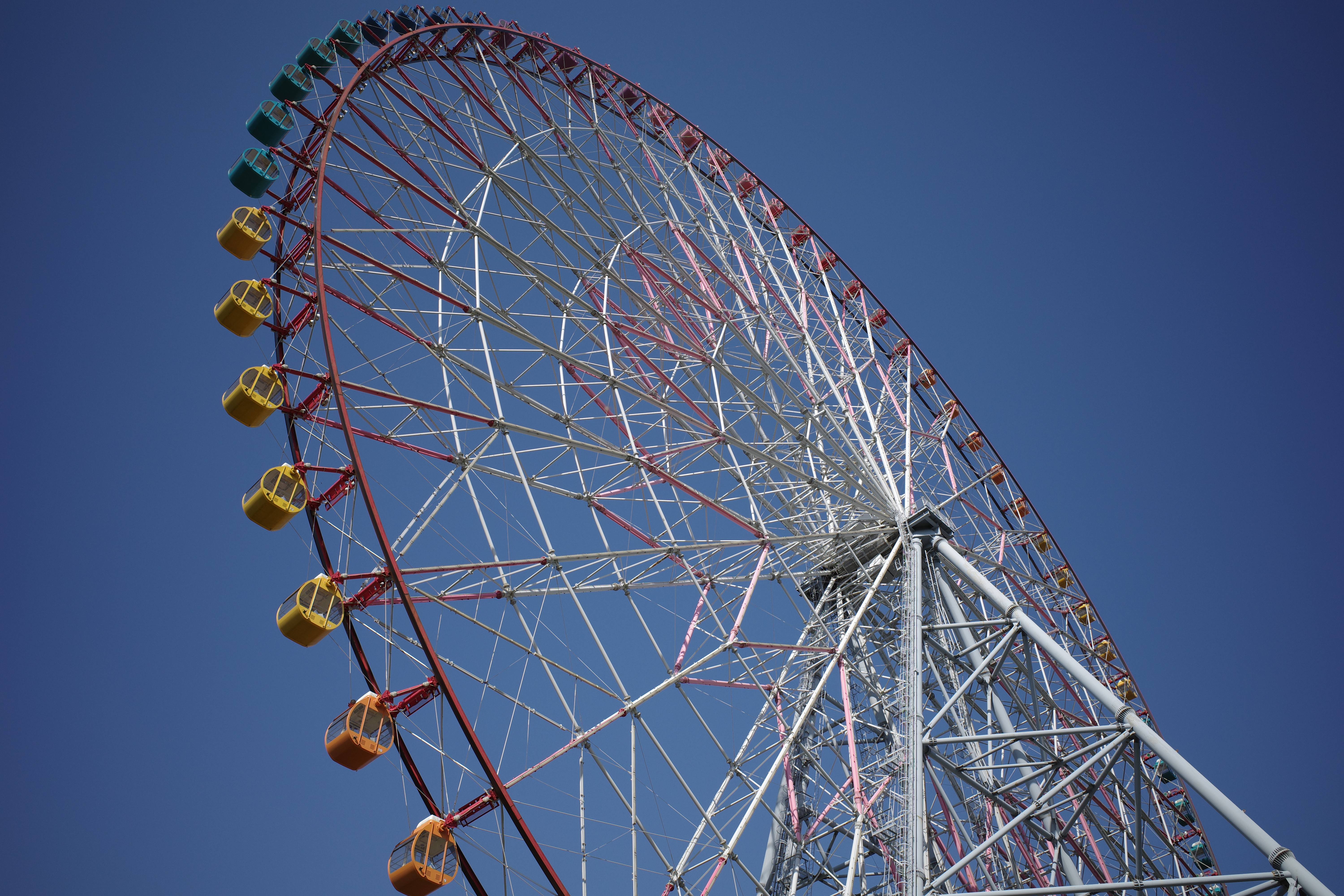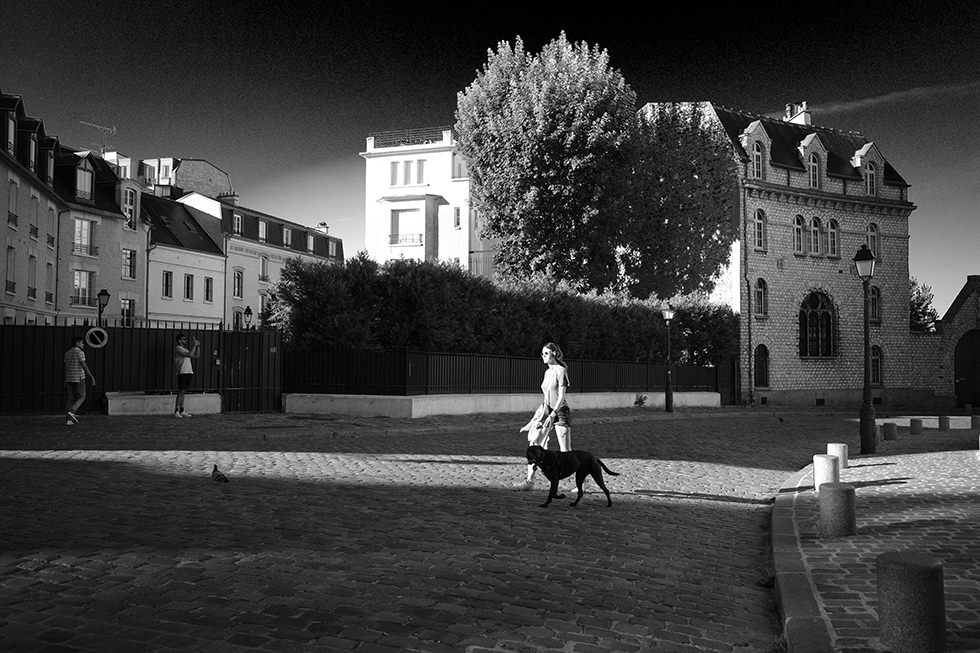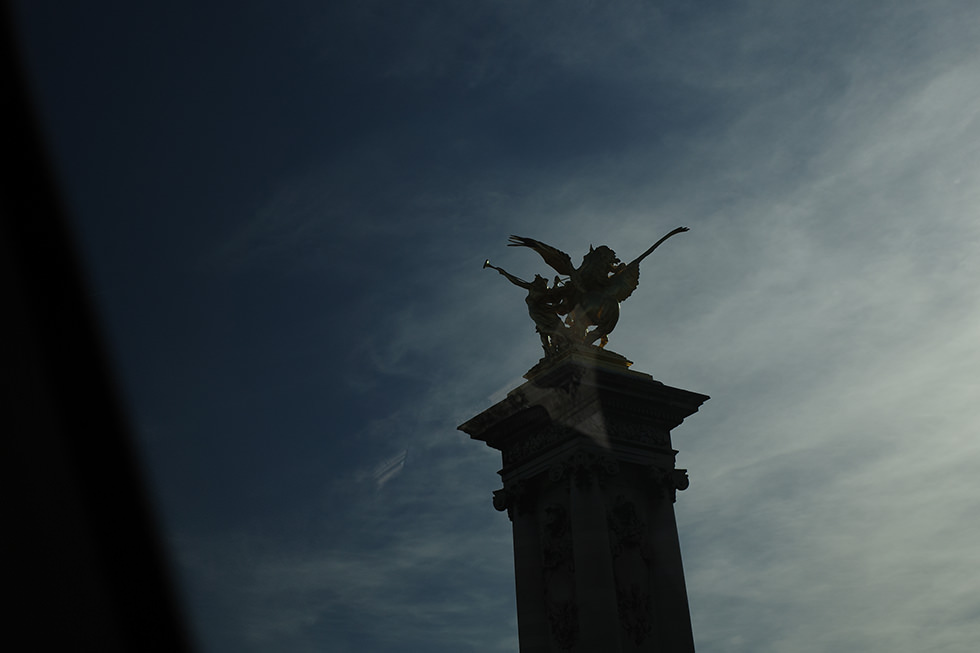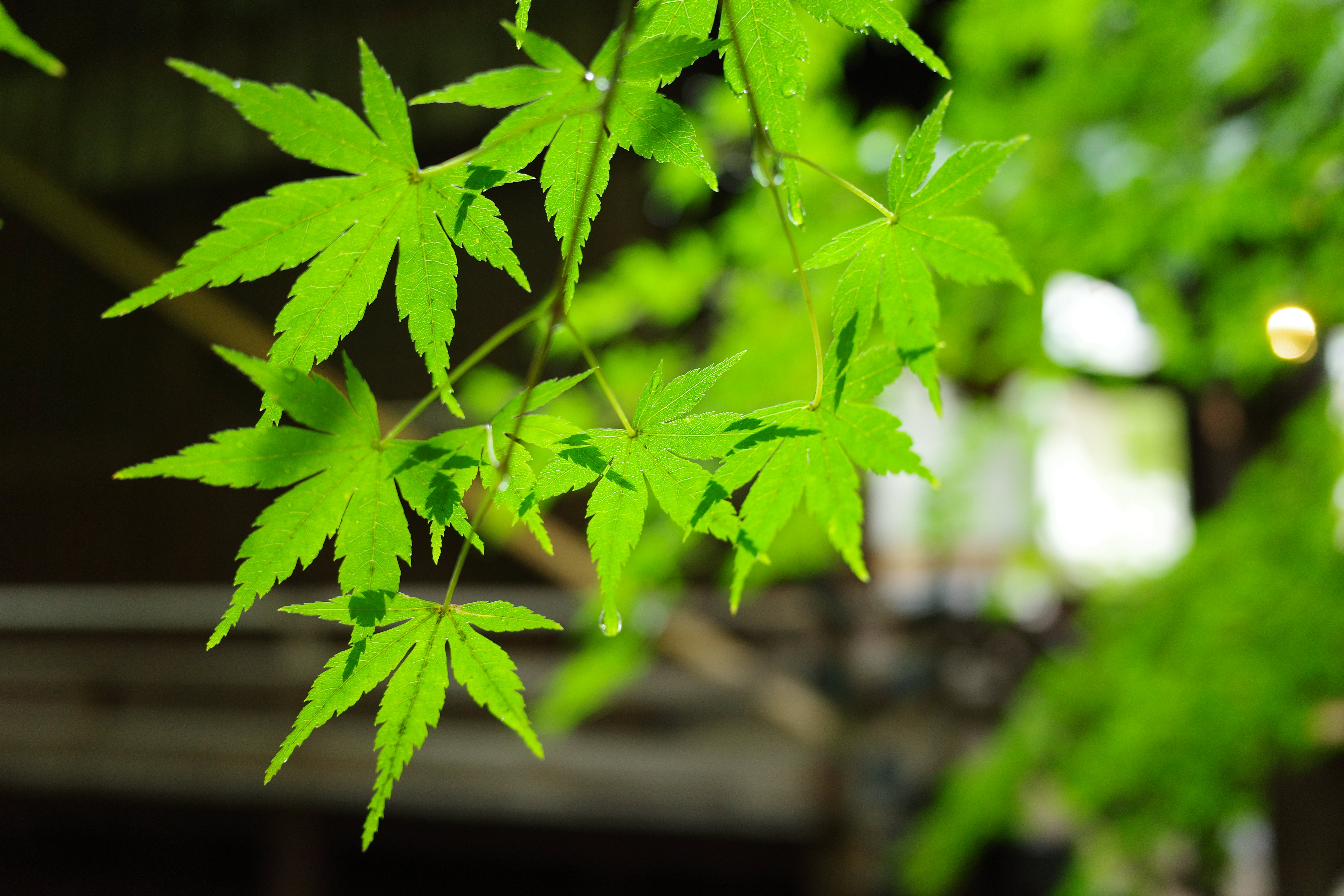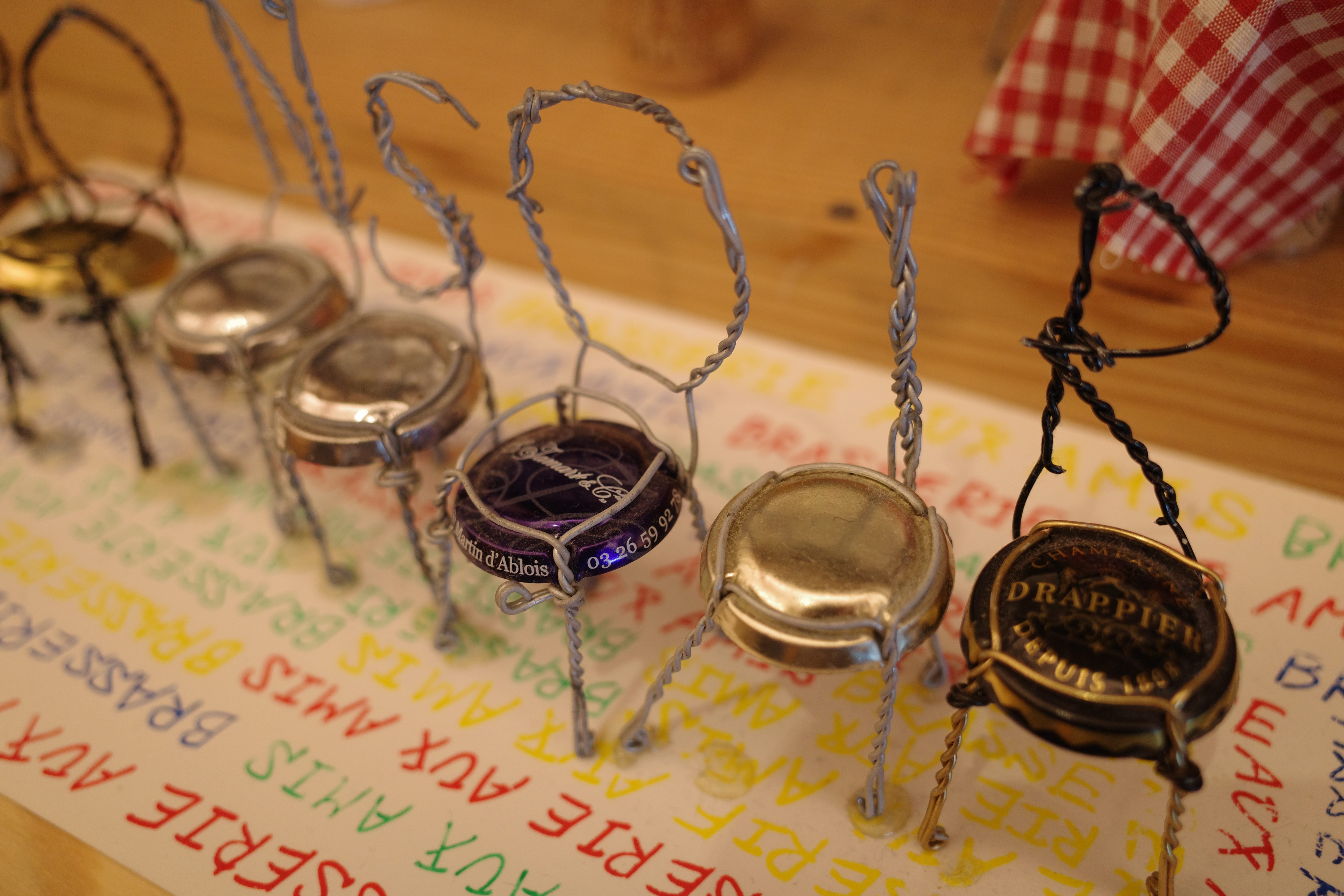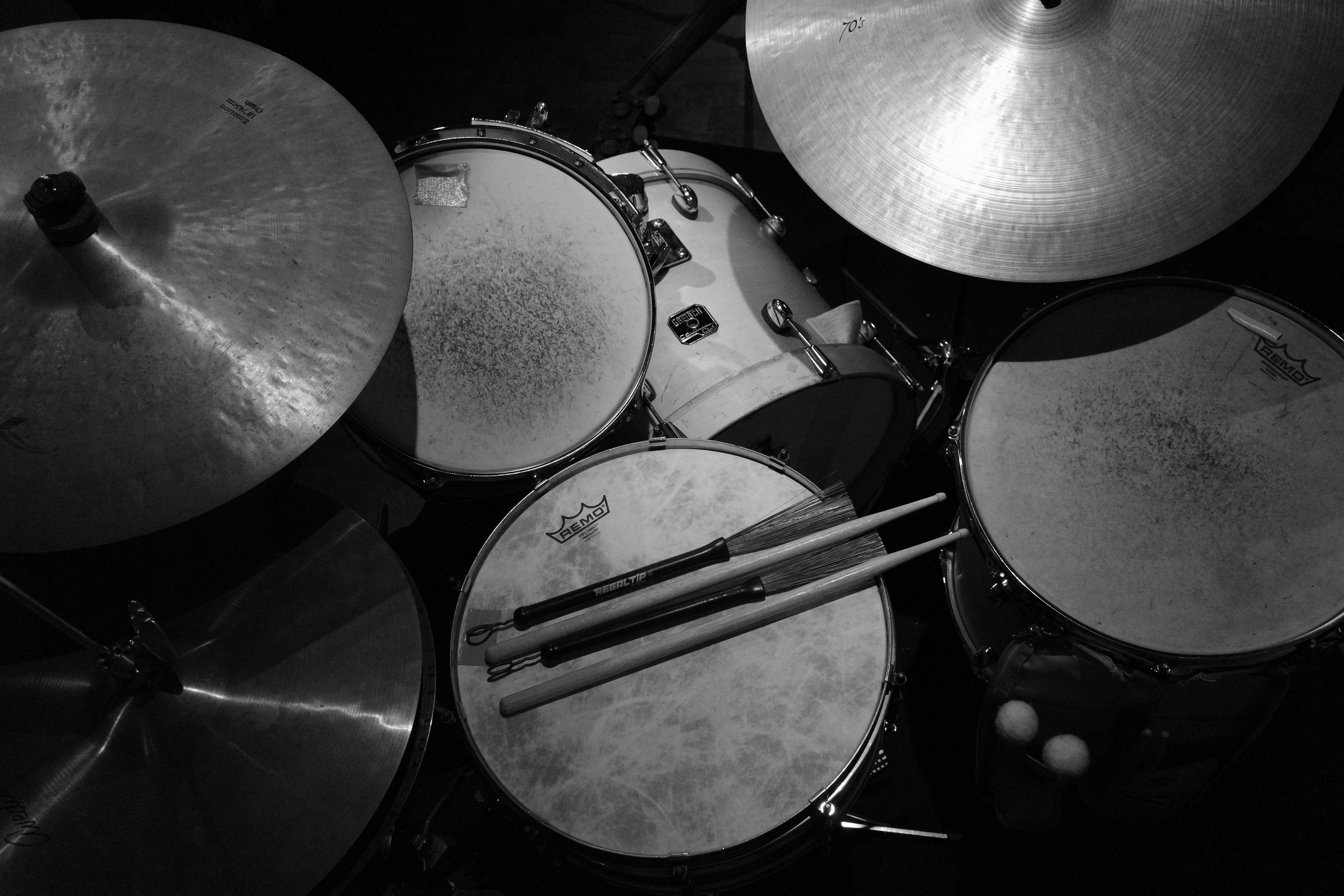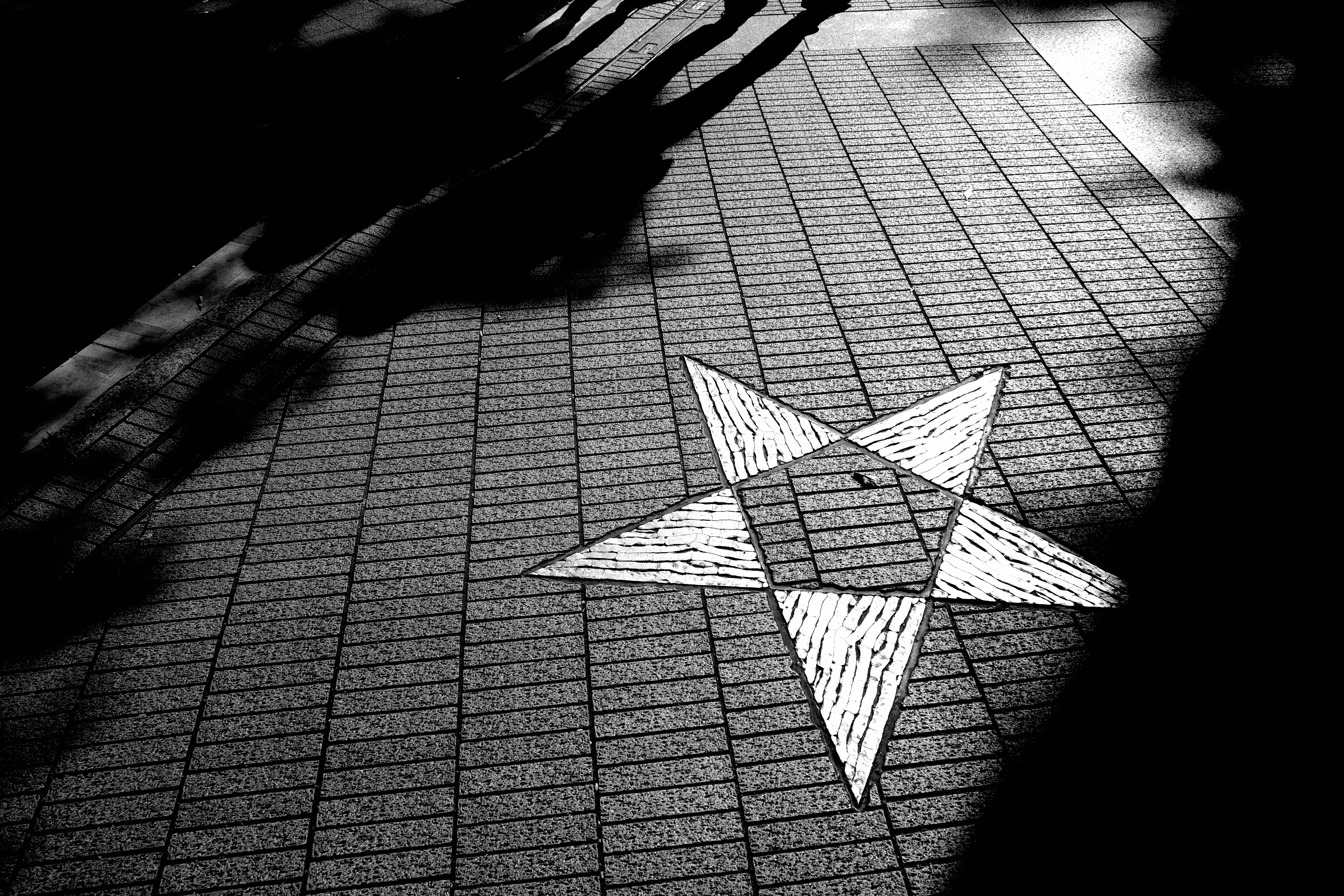Ricoh GR III: the King of Pocket Camera Returns
Months after Ricoh announced that it would be revamping its cult compact camera, the GR II, we now have a more exact time frame on when it will be released.
As a cult digital camera in the world of street photography, the GR was loved for its compact design, blacked-out look, APS-C-sized sensor, and sharp 28mm lens.
Known popularly as “The Ultimate Snap Shooter,” the latest camera in the GR concept is meant to help users upgrade their street photography game, in s snap.
As with the previous two models, it pairs an 18.3mm (28mm equivalent) f/2.8 lens to an APS-C sensor with the goal of enabling high-quality, discreet street photography.
This time around, though, the resolution has been upped to 24.24 megapixels, the controls have been rethought, and the body has been slimmed down further partly through the removal of the built-in flash.
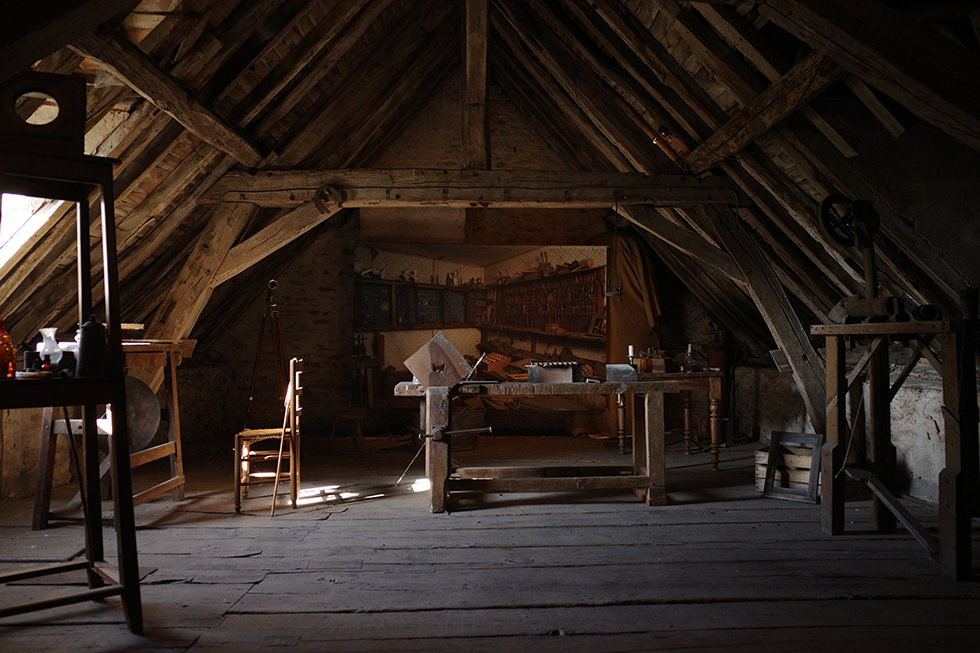
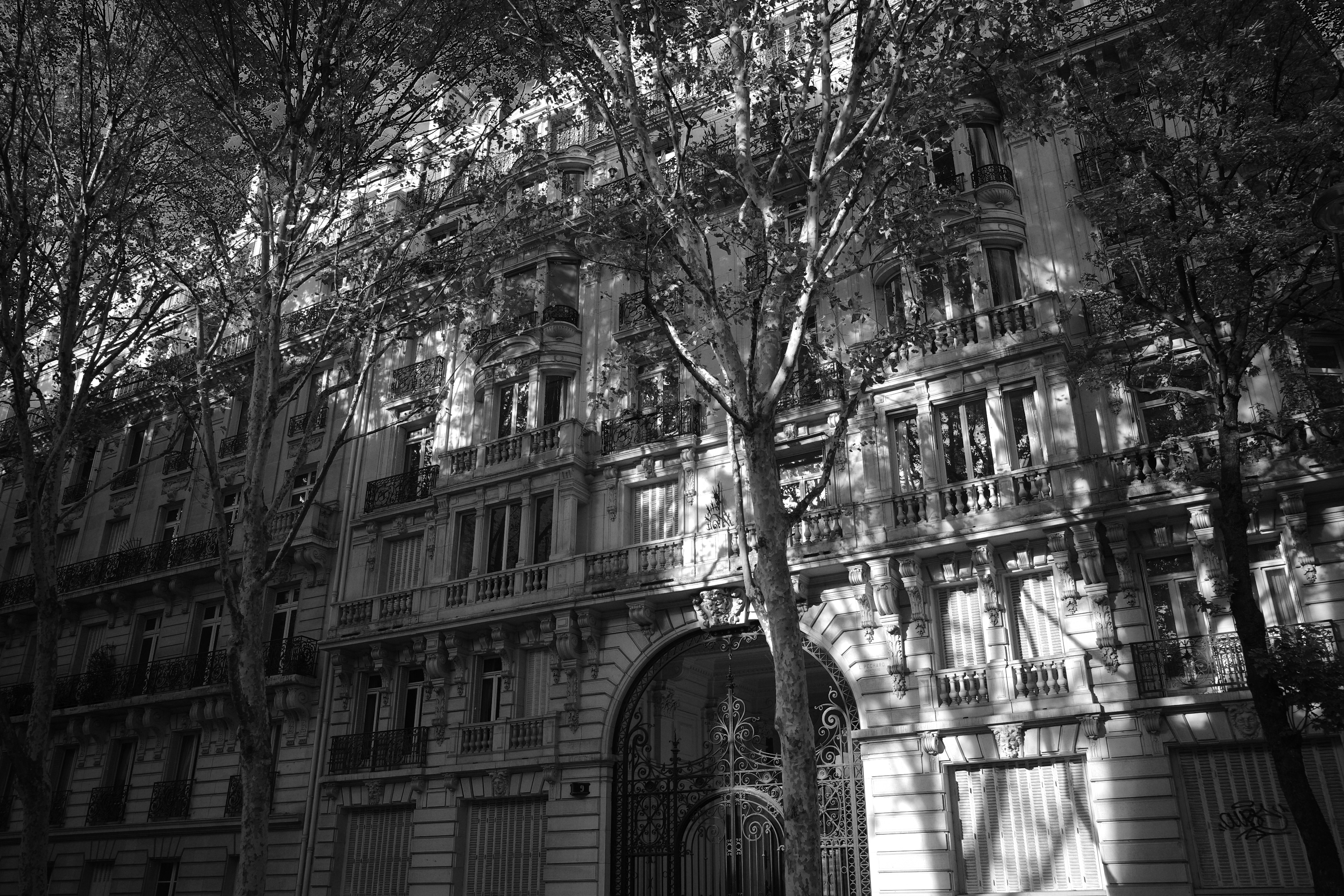
Unlike the GR II, which was a very minor upgrade to the original, the major components on the GR III are all-new.
The controls have received a major shake-up as the GR III becomes the first in the series to use a touchscreen. The screen is a 3.0″, 1.04M dot LCD, with all of the usual features like AF point selection, menu navigation and image review onboard.
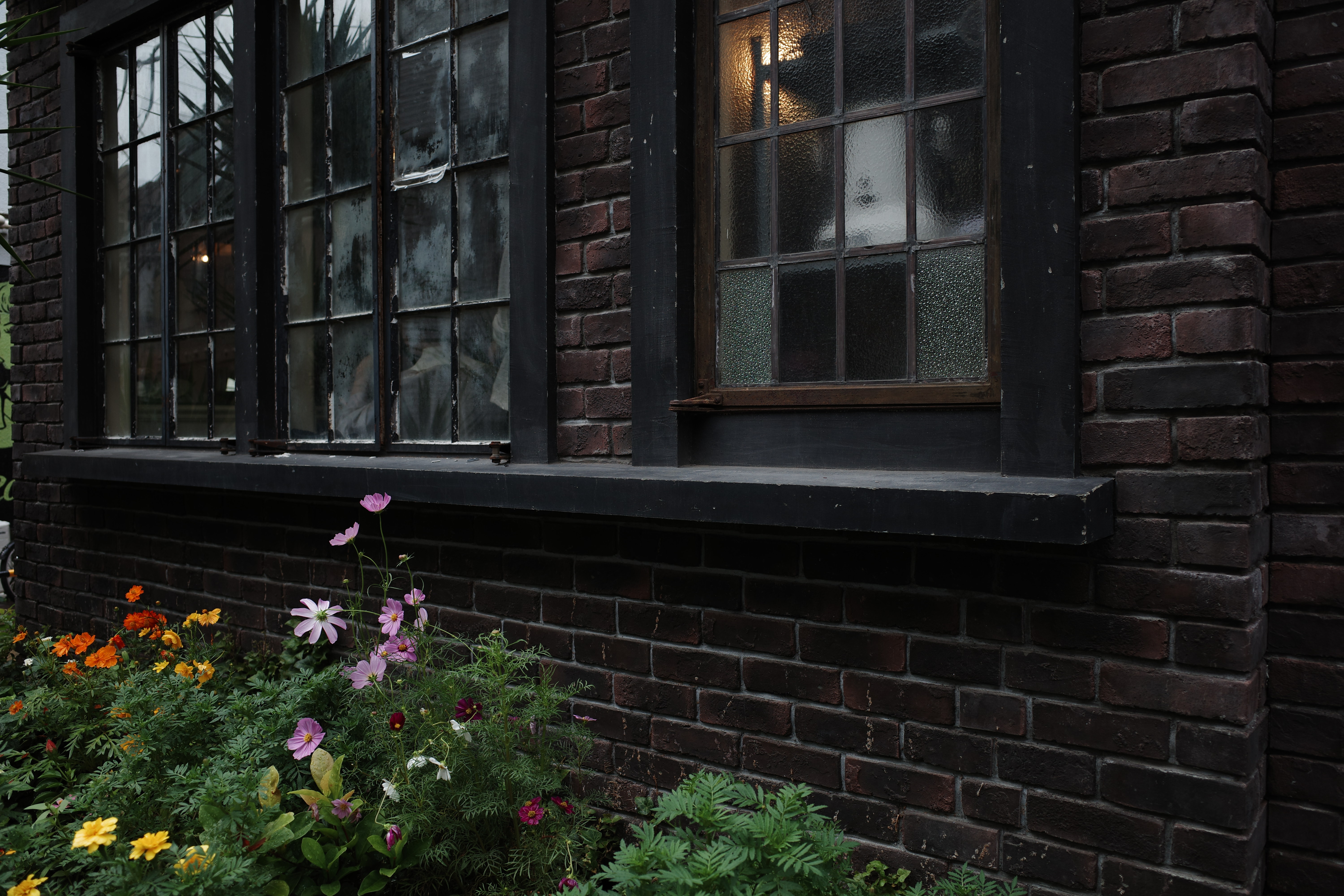
It also gains image stabilization, with a 3-axis sensor-shift system offering shake reduction rated at up to four stops. This ‘SR’ system can also be used to simulate an AA filter for when moiré reduction is desired. And there’s now an ultrasonic dust reduction system for the sensor, which is perhaps a nod to the dust problems that some encountered on the GR I and II.
The GR III’s autofocus system has been overhauled, with the addition of on-sensor phase detection. This, along with a redesigned lens, gives us hope that the GR II’s autofocus will be quicker than its predecessors. Ricoh is yet to provide any technical details but says it will be ‘faster and more responsive.’
The GR III’s 28mm equiv. F2.8 lens has six elements in four groups, with two elements being aspherical. The lens can now focus as close as 6cm (2.4″), compared to 10cm (3.9″) on the previous models. The GR III continues to offer a built-in 2-stop ND filter.
The resolution of the GR III’s APS-C sensor has been bumped from 16MP to 24MP, with a fully expanded ISO range of 100 – 102,400. The GR III can now record 1080/60p video, but no 4K. Ricoh has added a Type-C USB 3.0 port on the camera (which can be used to charge the battery,) and connectivity options now include Bluetooth in addition to Wi-Fi.
It’s not a revolutionary upgrade, but the GR series is about austerity and minimalism, and the GRIII’s tweaks should help it stay relevant in a world where everyone already carries 28mm equivalent prime lenses in their pockets.
Ricoh will start selling it for $899.95 from next month; there’ll also be a $249.95 14mm conversion lens (below) available for those who like their street photography at a wider angle.
More info on Ricoh website.

